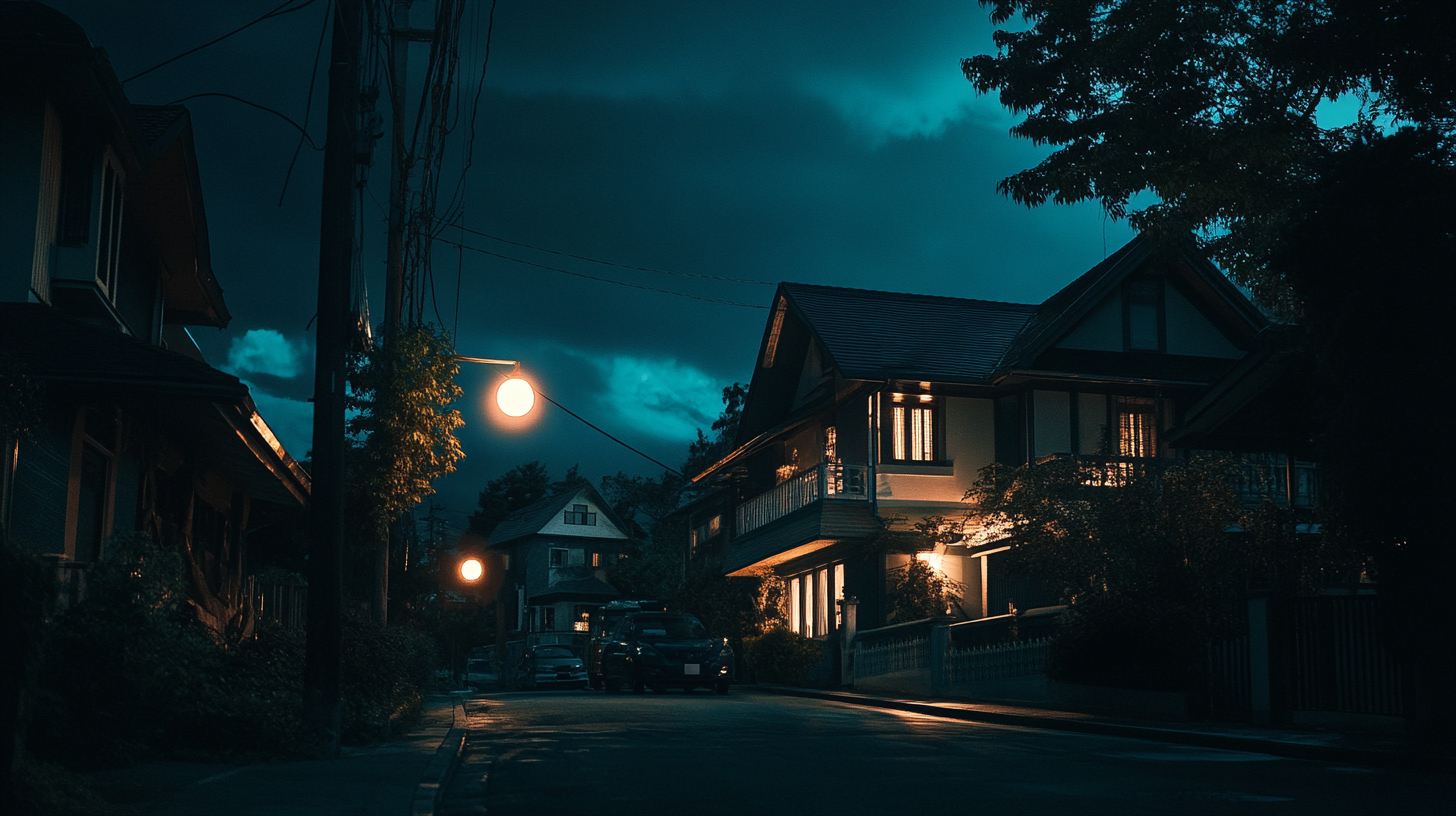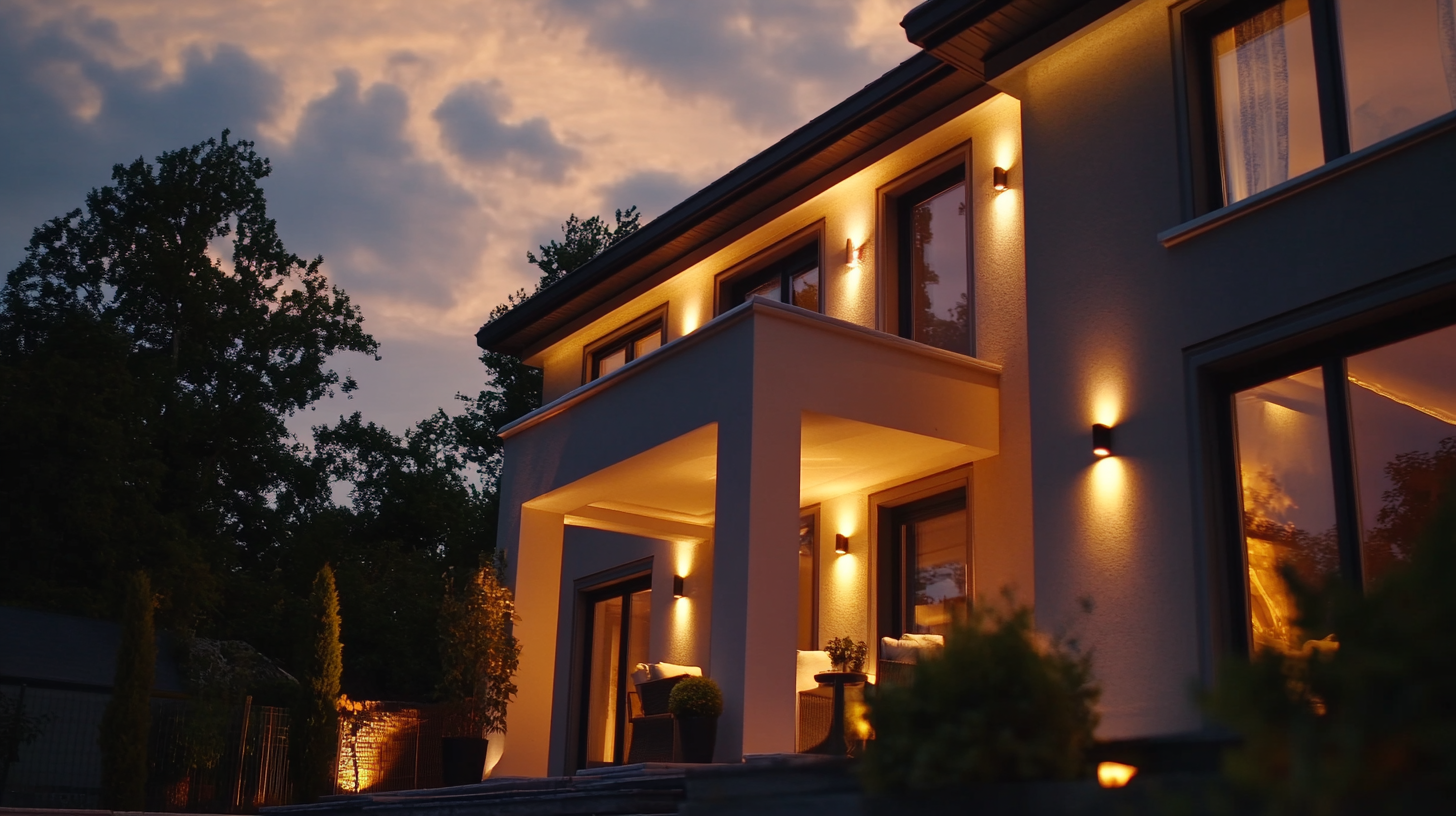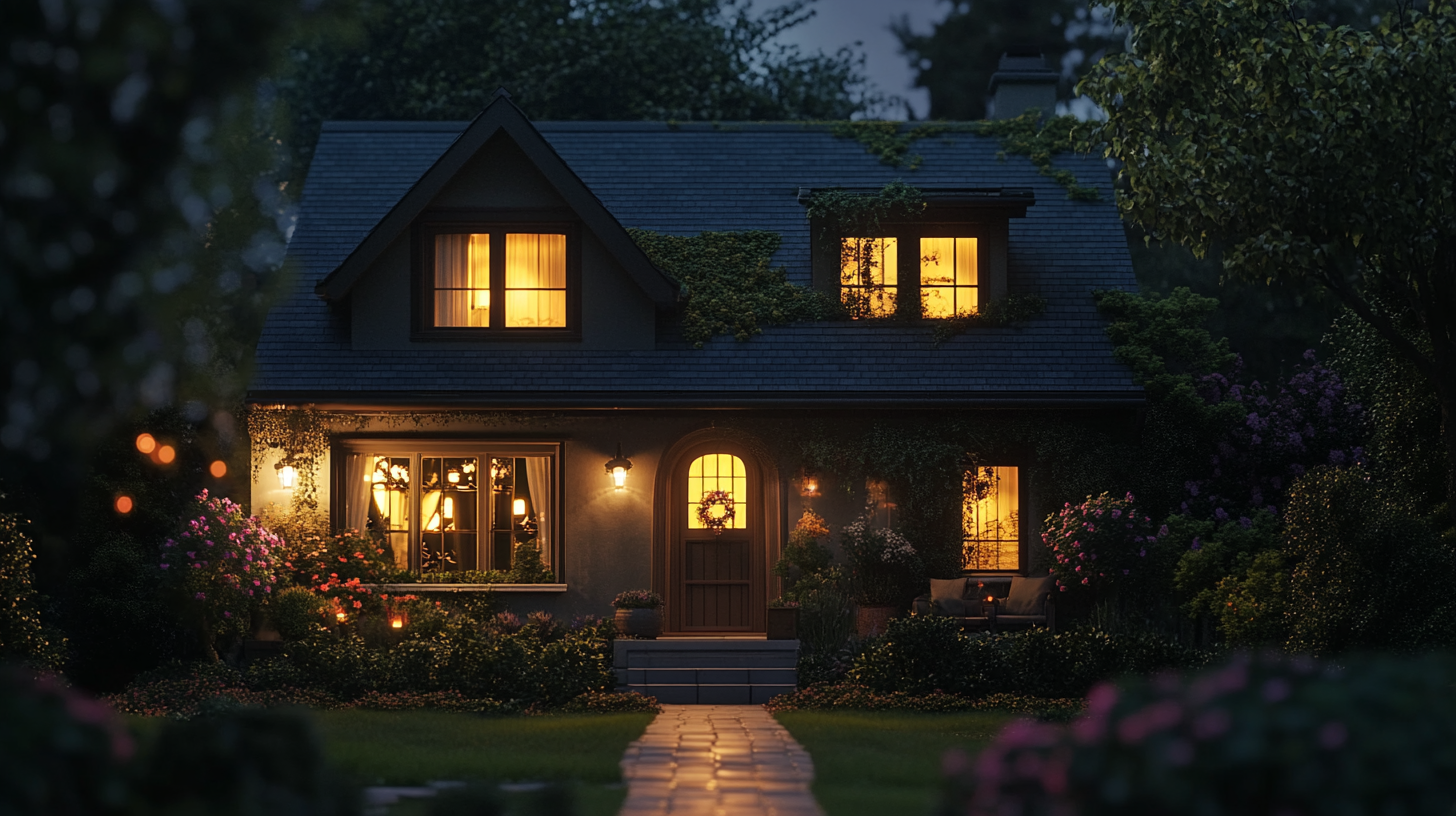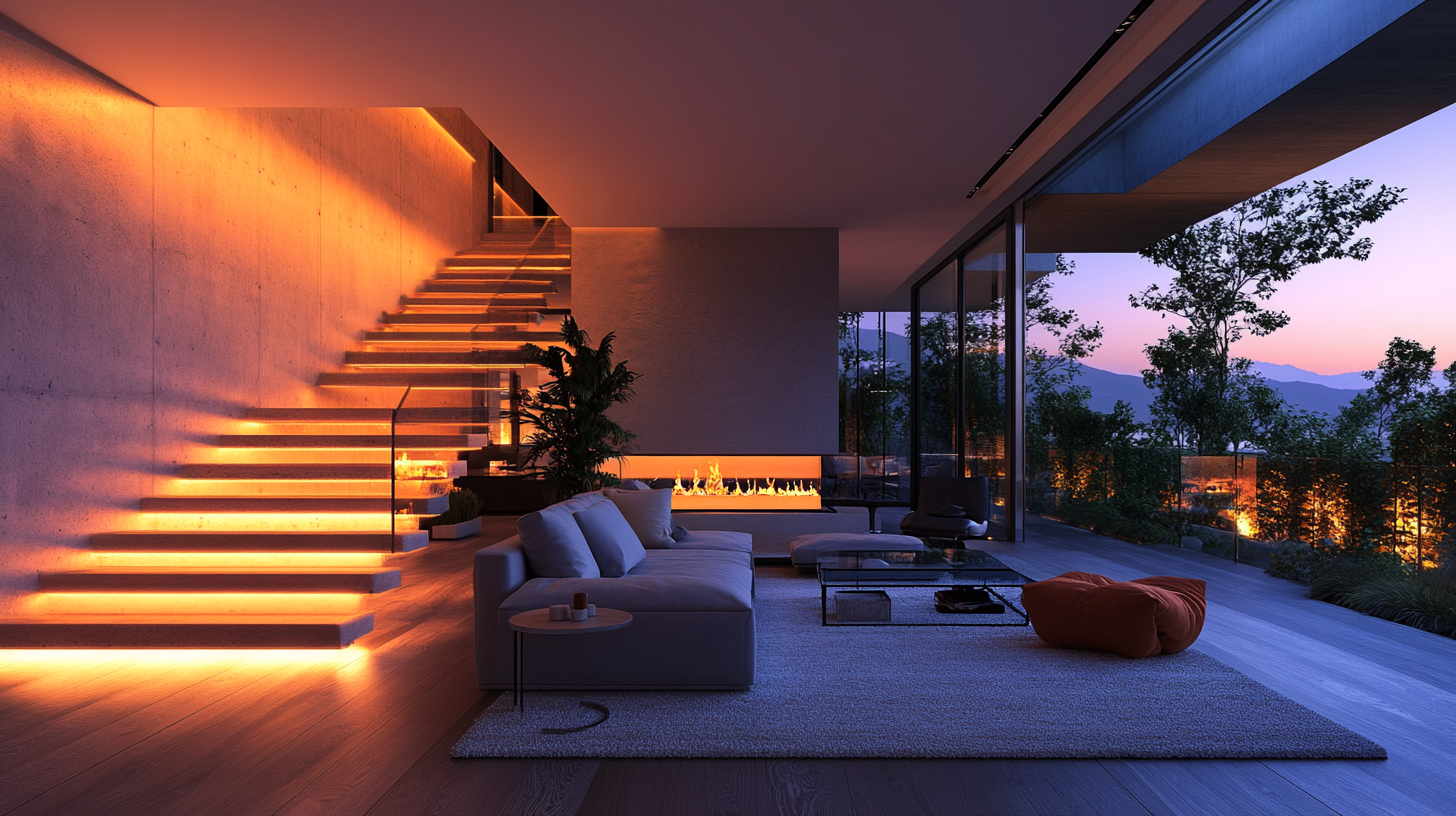The Evolution of House Lighting for a Brighter Tomorrow
House lighting has come a long way from its rudimentary beginnings, evolving significantly over the decades to meet the needs of modern living. As we embrace technological innovations and design advancements, the ways in which we illuminate our homes have transformed dramatically. This evolution not only revolves around aesthetic appeal but also emphasizes energy efficiency, sustainability, and the overall enhancement of our living environments.
In this blog, we will explore the fascinating journey of house lighting, examining how various developments—from the introduction of gas lamps to the advent of smart lighting systems—have shaped our experiences at home. We will analyze current trends that promise a brighter tomorrow, providing insights into how effective house lighting can elevate both functionality and mood in our living spaces. Join us as we delve into the luminous world of house lighting and discover how these advancements create a more welcoming and vibrant atmosphere in our homes.

The Historical Progression of House Lighting Technologies
The history of house lighting has seen remarkable transformations, moving from basic sources of flame to sophisticated LED technologies. In ancient civilizations, homes were illuminated by natural light from windows and the flickering flames of candles and oil lamps. According to the U.S. Department of Energy, by the 19th century, gas lighting became prevalent, providing a more efficient and controllable light source. This shift not only improved visibility but also changed the social dynamics within homes, extending activities into the evening hours. The advent of electricity in the late 1800s marked another significant milestone. Thomas Edison’s development of the incandescent bulb revolutionized home lighting, offering a longer-lasting and more reliable solution. Data from the Energy Information Administration highlights that by the early 20th century, more than 90% of homes in urban areas had electricity, dramatically enhancing quality of life. However, it wasn’t until the introduction of compact fluorescent lamps (CFLs) in the 1980s and LEDs in the 2000s that energy efficiency took center stage in lighting technology. Today, LEDs dominate the market, accounting for over 60% of the general lighting sales in the United States, as reported by the International Energy Agency. They consume up to 80% less energy and last 25 times longer than incandescent bulbs, reflecting a crucial evolution toward sustainability. As we move towards a brighter tomorrow, it’s evident that advancements in lighting technology have not only illuminated our homes but have also paved the way for a greener future.

The Impact of Natural Light on Home Design
Natural light has always played a crucial role in home design, influencing not only aesthetic choices but also the overall well-being of the inhabitants. As architects and designers continue to innovate, integrating large windows and open spaces, the impact of sunlight becomes an essential consideration in fostering a healthy living environment. Homes that maximize natural light often feature strategic placements of glass walls and skylights, drawing the outdoors in and creating a vibrant ambiance that enhances mood and productivity.
In addition to enhancing beauty, natural light is known for its positive effects on mental health and energy efficiency. Sunlight exposure helps regulate circadian rhythms, promoting better sleep patterns and overall mental clarity. Moreover, homes flooded with natural light reduce the need for artificial lighting during the day, which not only cuts energy costs but also contributes to a more sustainable lifestyle. The shift toward more eco-friendly designs often emphasizes extensive use of windows and daylighting strategies, which reflect a growing awareness of both environmental impacts and personal well-being.
As we look towards the future of home design, the integration of natural light remains a vital trend. With advancements in glass technology and innovative architectural techniques, designers can create spaces that are not only aesthetically pleasing but also promote a brighter, more sustainable tomorrow. This evolution reflects an understanding that our homes should not only serve as shelters but as nurturing environments that harmonize with nature and enhance our quality of life.

Innovative LED Solutions for Energy Efficiency
The shift towards energy-efficient lighting solutions has become increasingly vital in our pursuit of a sustainable future. Innovative LED technologies are leading this transformation, changing not just how we illuminate our spaces but also how we consume energy. Unlike traditional incandescent bulbs, which waste a significant amount of energy as heat, LED lights convert a higher percentage of energy into visible light. This efficiency not only reduces electricity bills but also minimizes the environmental impact associated with energy consumption.
In recent years, advancements in LED technology have introduced a plethora of options for homeowners, allowing for greater flexibility in design and application. From smart lighting systems that adjust brightness and color temperature based on the time of day to fixtures that can be remotely controlled via smartphones, LEDs are reshaping the way we think about home lighting. These innovations not only enhance convenience but also empower users to optimize their energy use, leading to more considerable savings and a reduced carbon footprint.
Furthermore, the longevity of LED bulbs, typically lasting up to 25,000 hours or more, means fewer replacements and less waste over time. This durability contributes to a more sustainable approach to lighting, aligning with the growing consumer preference for eco-friendly products. As energy-efficient technologies continue to evolve, we can expect even more innovative solutions that not only brighten our homes but also guide us toward a more sustainable future.

Smart Lighting: Integrating Technology into Home Illumination
The integration of smart lighting technology into home illumination is a transformative trend that reflects broader advancements in home automation. According to a report by Allied Market Research, the global smart lighting market is expected to reach USD 39.57 billion by 2025, growing at a compound annual growth rate (CAGR) of 24.3% from 2018. This surge is driven by the increasing demand for energy-efficient and convenient lighting solutions that cater to the modern lifestyle.
Smart lighting systems, often controlled via mobile applications or voice commands, offer homeowners unprecedented flexibility and customization. A study by Statista reported that in 2020, approximately 44% of U.S. households had purchased smart lighting products, highlighting a growing acceptance of technology in everyday life. These systems not only enhance the ambiance by allowing users to adjust brightness and color but also contribute significantly to energy savings, as many can automatically dim or turn off when no one is present in a room.
Moreover, the integration of smart lighting with other smart home devices creates a cohesive ecosystem that promotes energy efficiency and security. For instance, smart sensors can adjust lighting based on natural sunlight availability, effectively reducing electricity consumption. A recent report highlights that homes utilizing smart lighting can save up to 30% on their energy bills. As technology continues to evolve, the future of home illumination looks brighter—quite literally—with advancements that promise convenience and sustainability.
Sustainable Practices in Modern House Lighting Design
In recent years, the trend towards sustainable practices in modern house lighting design has gained significant momentum. Research from the U.S. Department of Energy indicates that residential lighting accounts for approximately 15% of the total electricity consumed in U.S. homes. This power draw not only increases energy costs but also contributes to environmental degradation. Consequently, homeowners are increasingly seeking out energy-efficient solutions that can both illuminate their spaces and minimize their ecological footprint.
One key innovation in sustainable lighting is the widespread adoption of LED technology. Compared to traditional incandescent bulbs, LEDs use up to 80% less energy and last 25 times longer, reducing both replacement costs and waste. According to the ENERGY STAR program, if every American home replaced just one incandescent bulb with an ENERGY STAR certified LED, the reduction in energy consumption would be equivalent to taking over 1 million cars off the road. This statistic emphasizes the substantial impact that small changes in lighting choices can have on energy conservation and sustainability.
Additionally, smart lighting systems have emerged as an integral component of modern home design. These systems utilize advanced technology to allow homeowners to control their lighting more effectively through mobile apps or voice commands, optimizing energy use based on occupancy and natural light levels. The Global Lighting Market report predicts that smart lighting will grow from USD 50 billion in 2020 to over USD 150 billion by 2027, demonstrating the shift towards more intelligent, energy-efficient home solutions. Embracing these innovations not only enhances the comfort of living spaces but also plays a crucial role in reducing overall energy consumption and promoting a greener future.
 Skip to content
Skip to content
